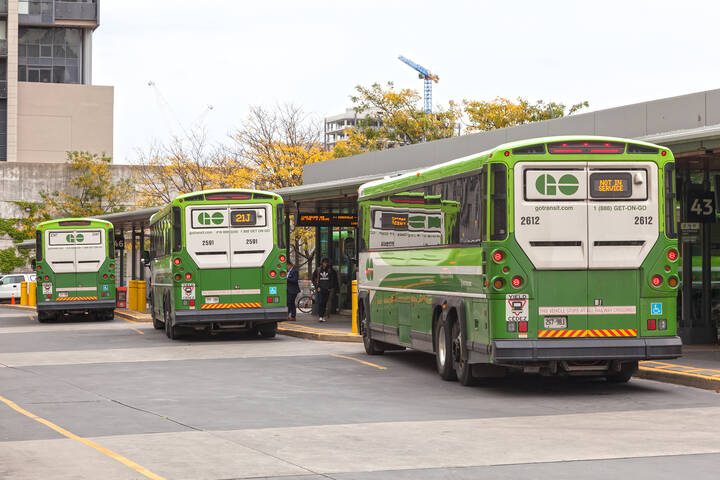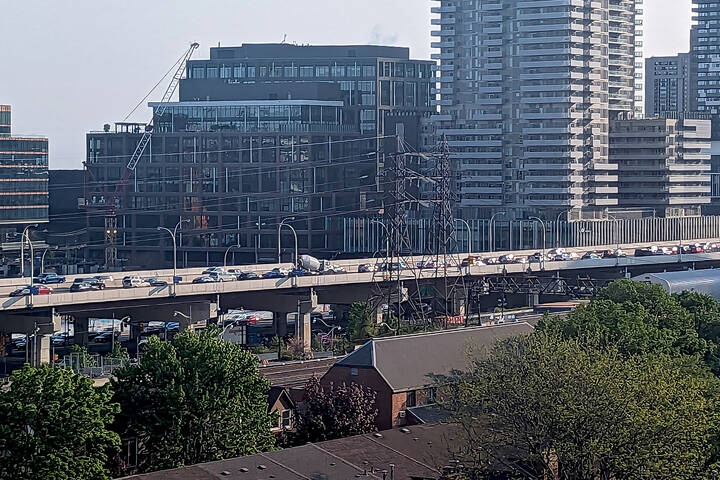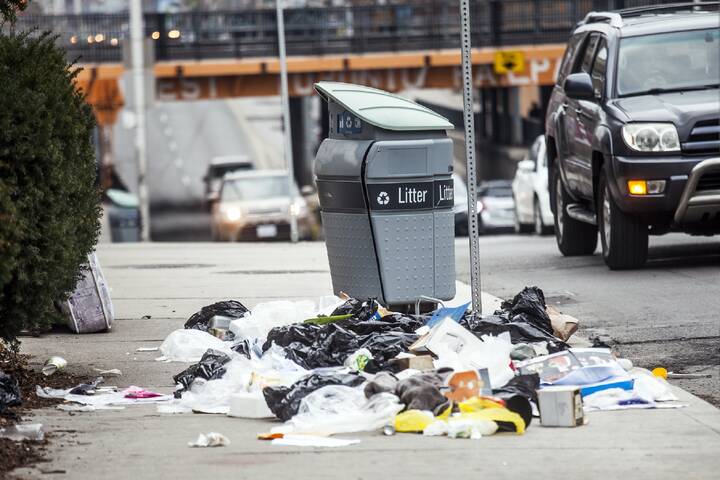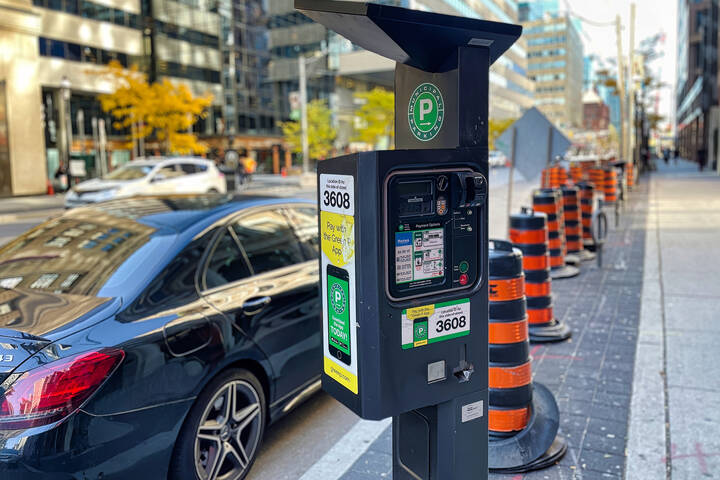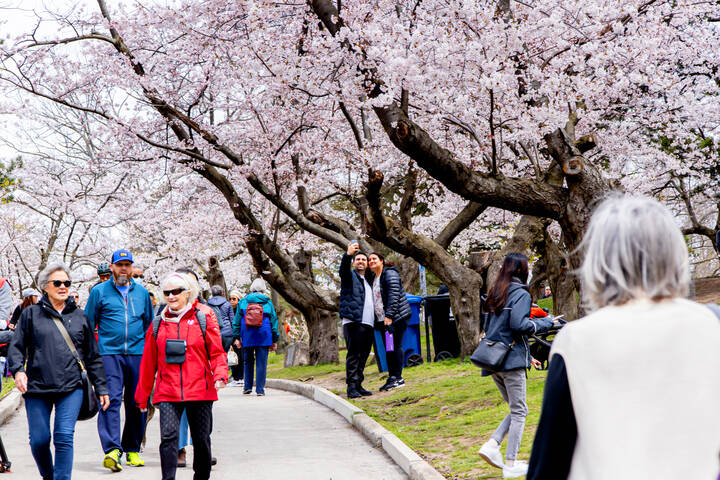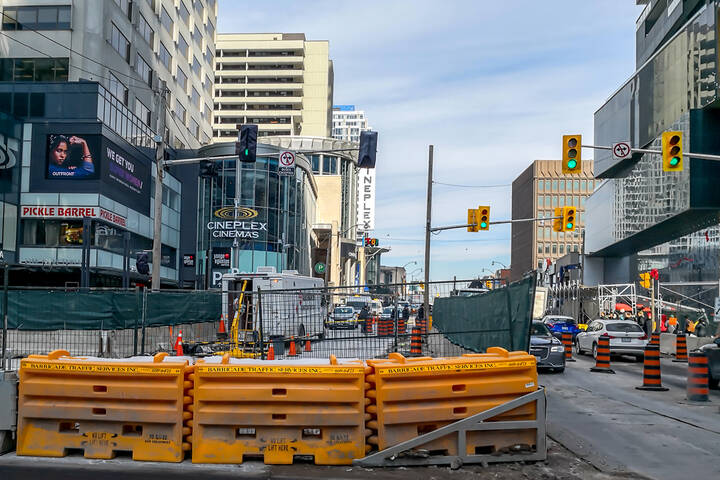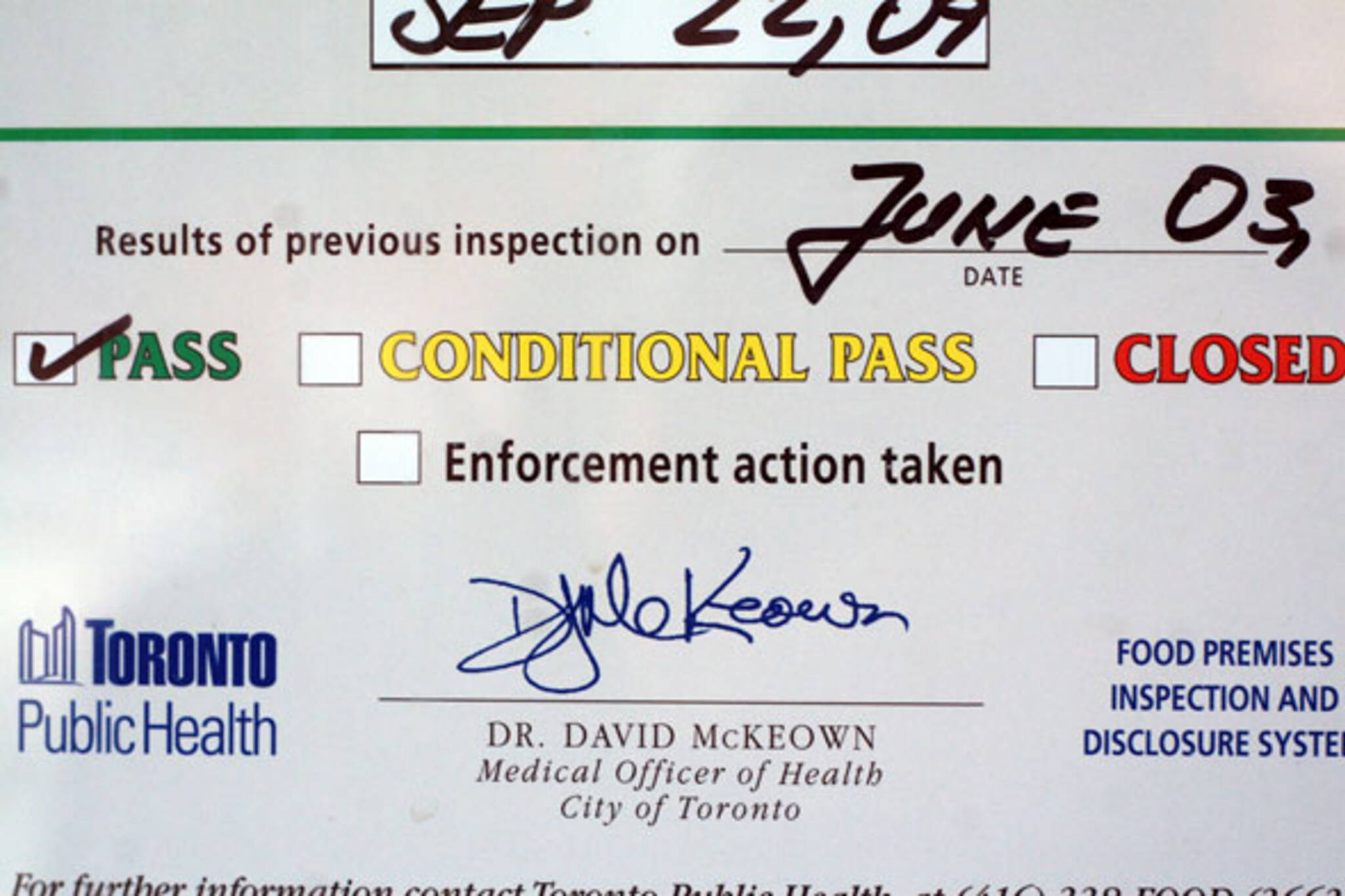
Mark This as a Fail For DineSafe as Toronto's Restaurant Inspection Program Yet to Offer Non-English Guidelines
News this week spread of Ruby's final closure thanks to bankruptcy. The popular Chinese restaurant also made headlines earlier this month for shutting its doors after failing two consecutive health inspections.
But would Ruby's have been closed in the first place if Toronto's DineSafe program offered its guidelines in other languages?
Ok, maybe it would have. I'm obviously making a lot of assumptions about Ruby's staff and their English proficiency with that question.
But, on the other hand, the garbage disposal calendar the city distributes has sections in various languages. Or, to use another, more specific example, the city of Toronto's official newsletter comes in 11 languages.
Why, then, is something as important as Toronto's DineSafe guidelines only available in English?
DineSafe launched in 2001 in Toronto, and requires that all restaurants disclose their inspection results to customers. The green, of course, signifies a pass, while yellow denotes a conditional pass and red a failure to meet inspection standards. The city of Toronto's website offers tips on how to pass your DineSafe inspection. But again, it's only in English.
I headed to Bloorcourt to get some opinions. The area is a mecca for yummy ethnic restaurants ranging from Portuguese to Japanese, Mexican, Eritrean, Korean, Indian, Greek and Ethiopian. Everyone I spoke to thought the guidelines should be translated.
"Toronto speaks so many different languages," said Senait. She joined the area seven months ago with her new Ethiopian restaurant Zagol. According to Tourism Toronto's website, Toronto houses more than "5,000 restaurants reflect[ing] tastes, cultures and ingredients from around the world." I assume people in the food industry whose first language isn't necessarily English also accompany these many tastes, cultures and ingredients.
One restaurateur told me he's interpreted food preparation instructions for his staff before. "If you want that traditional food, it's usually the older people who don't necessarily speak English that cook it." He manages his kitchen and is certified in food handling. The city requires that someone with a food handling certificate supervise the kitchen at all times while it's operating.
This issue doesn't just affect "ethnic" restaurants. Look in the kitchens of your typical burger joints. You'll find people from all walks of life, with various levels of English proficiency.
Mebrak, who's been with Cleopatra restaurant for nine years, put it best. "It's important people really understand how to handle food. It's about safety for everyone."
The city can do its share by adding more languages to the DineSafe menu.
Latest Videos
Latest Videos
Join the conversation Load comments
